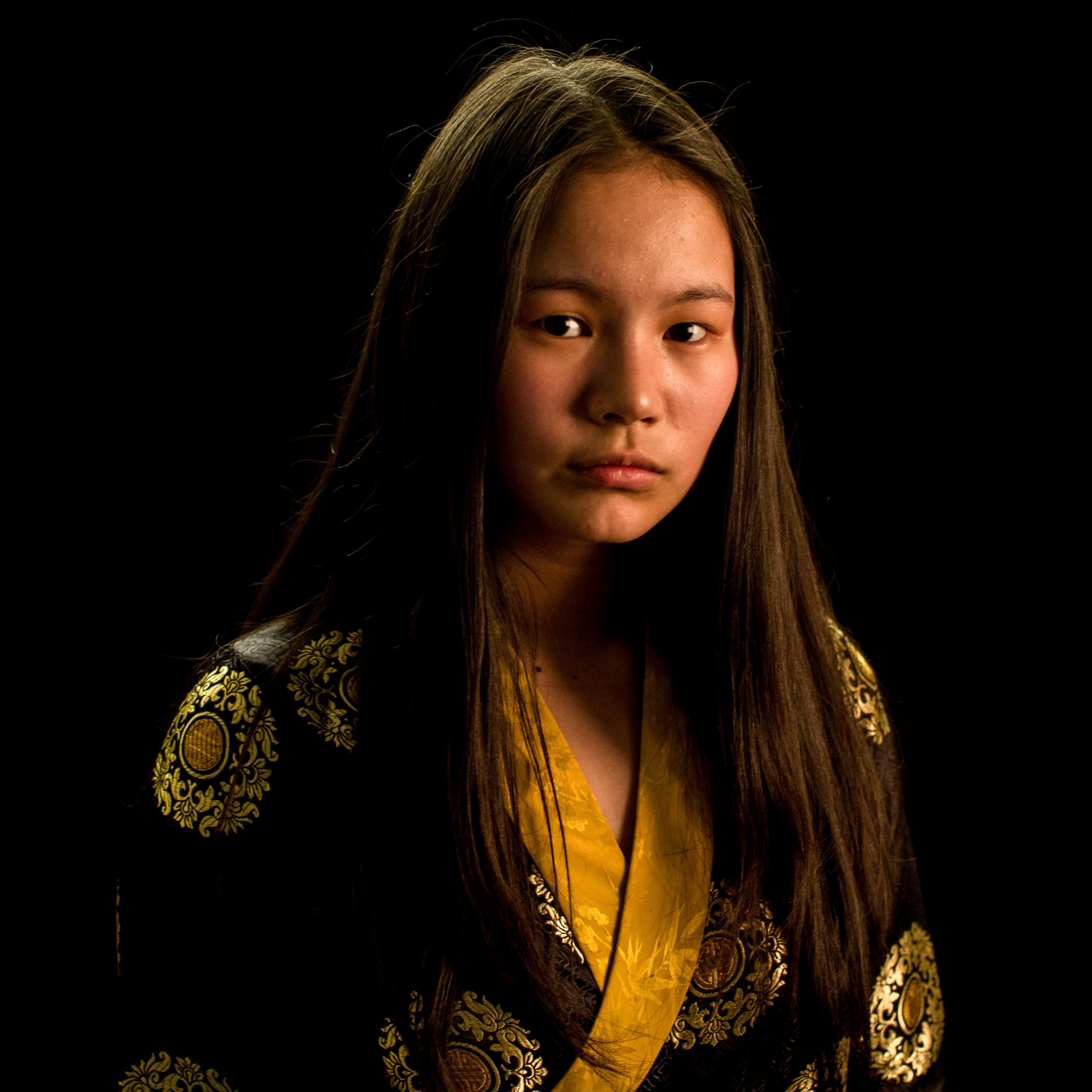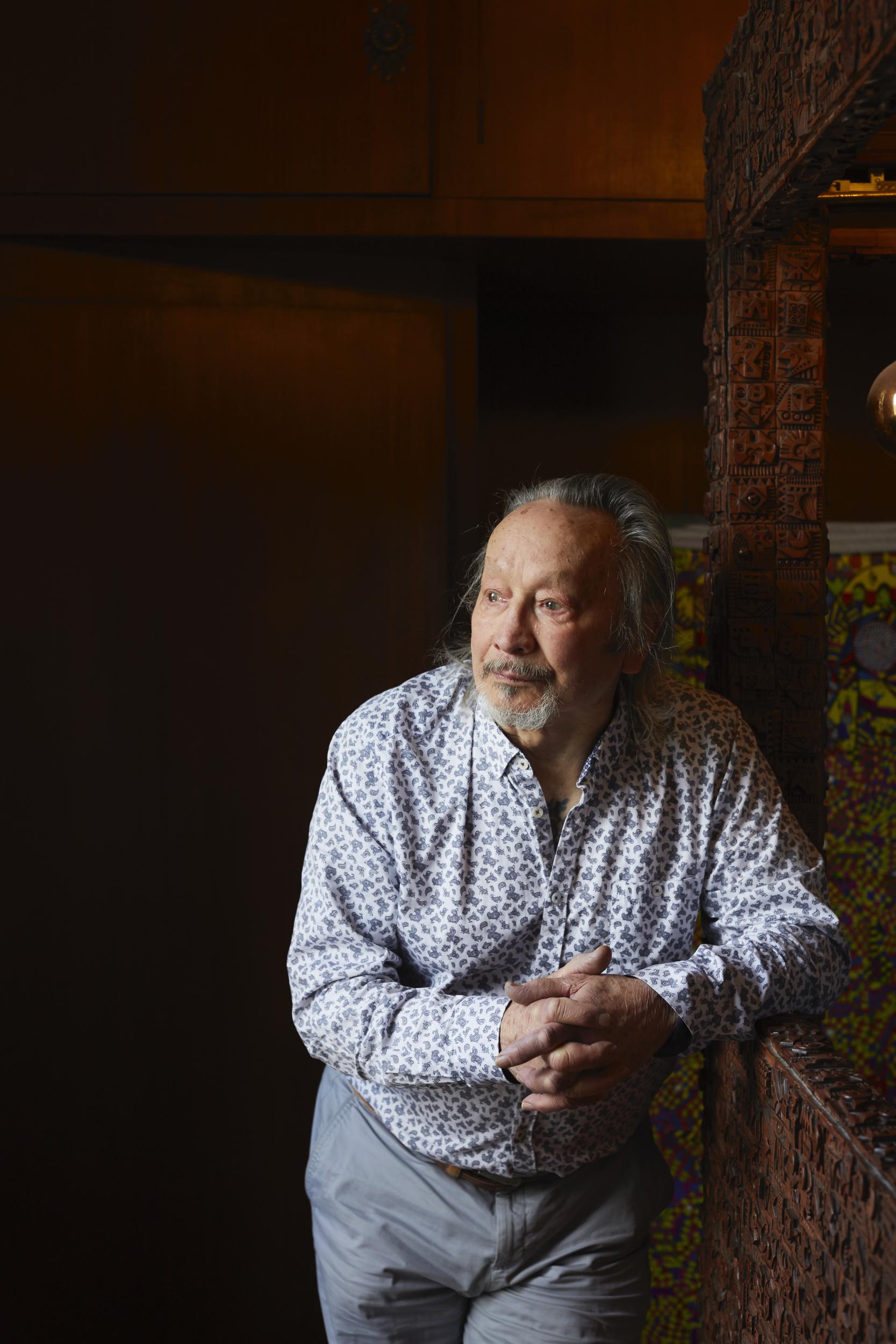The portraits exploring concepts of identity in modern Britain
‘This Separated Isle’ questions the relationship between individuality and nationhood to examine not only what divides us, but also what ties us together
Your support helps us to tell the story
From reproductive rights to climate change to Big Tech, The Independent is on the ground when the story is developing. Whether it's investigating the financials of Elon Musk's pro-Trump PAC or producing our latest documentary, 'The A Word', which shines a light on the American women fighting for reproductive rights, we know how important it is to parse out the facts from the messaging.
At such a critical moment in US history, we need reporters on the ground. Your donation allows us to keep sending journalists to speak to both sides of the story.
The Independent is trusted by Americans across the entire political spectrum. And unlike many other quality news outlets, we choose not to lock Americans out of our reporting and analysis with paywalls. We believe quality journalism should be available to everyone, paid for by those who can afford it.
Your support makes all the difference.If ever a sign was needed to help some comprehend the disparity that is so deeply entrenched in British society, Covid-19 provided it. While some, including senior cabinet ministers, were happy to assert that the virus does not discriminate, the appalling death toll continues to demonstrate the polar opposite. Black, Asian and minority ethnic people (Bame) are more likely than white people to have their lives cut short by coronavirus. Black people, specifically, are more than four times as likely as white people to die.
The staggering gulf between who lives and who dies in the pandemic lays bare the bitter divisions that persist in society, as did other life-defining events that went before it – Brexit and the Windrush scandal included. How those within our communities, who may be seen as “other”, are perceived is central, sometimes a catalyst, to such happenings. To dissect this is to begin to unravel the flaws of our past and, with hope, evolve as a nation.
But how are the perceptions of “Britishness” and the “other” formed? And who gets to say what is right? A series of intimate portraits and stories of people from across the UK sets out to examine these concepts of identity. Together they will form This Separated Isle, a new book that questions the relationship between identity and nationhood to explore not only what divides us, but also what binds us together.
The book, from the team behind Invisible Britain: Portraits of Hope and Resilience and edited by documentary filmmaker Paul Sng, includes voices from across class, race, geographical and opportunity divides, and features wildly opposing opinions. Sng explains the inspiration emerged from his own experiences, growing up in a white working-class area, with a white working-class family as a mixed-race person in the Eighties. “My family weren’t racist, but my understanding of my identity and what it meant to be British is something I struggled with back then and to a certain extent today,” he says. “Britishness isn’t white or whiteness.”
The portraits themselves are captured by a diverse group of documentary photographers – some are from Bame backgrounds and most are women. The heterogeneous collection of photographic styles is a timely snapshot of a modern Britain where equality, diversity and inclusion must thrive for a healthy society.

Some of the portraits capture those who have been affected by the coronavirus pandemic. Tenzin, who is Tibetan and also a British citizen, was photographed by Sally Low. To the 14-year-old, life felt “normal” until the virus outbreak. “It really has shown people’s true colours and how they react to people who are eastern Asian,” Tenzin says. “I’m not saying that every single person living in London is a racist but I believe that the spike in racism is fuelled by the fact that we as a race are a minority.”
Others have been impacted by the UK leaving the European Union. Stina, who is 15 and lives in Glasgow, is photographed in her school uniform against a green backdrop, perhaps in a nod to her dedication to environmental issues. The teenager’s mum is German and her dad Scottish – photographer Margaret Mitchell was keen to explore how Brexit has impacted her identity, which is grounded in dual nationality. “She is part of the generation of tomorrow who will shape how our world might change and why it must change,” Mitchell says.

There are those images, too, that are poignant because of the stories behind them. Photographer Jenny Lewis had walked past the striking baby pink-walled and copper-tiled house of Ron for more than 20 years, wondering about the character living inside. A chance conversation with a mutual connection led Lewis to learn that it belonged to the retired flamenco dancer. They met before Ron died last December at 93 years old. “I’m so glad photography gave me the excuse to get to know him just a little bit,” says Lewis. “He was a total delight.”
The images and stories, wrought by distinct life experiences, open up worlds that might be unfamiliar to some viewers. Sng hopes the resulting awareness is an important step towards understanding. “One of the words that gets banded around a lot when it comes to otherness, race and people who are different in some way is tolerance,” he says. “It’s a word I find problematic. We should not tolerate people that are different, we should understand them, we should accept them.”
A Kickstarter campaign supporting the launch of the book can be found here
Join our commenting forum
Join thought-provoking conversations, follow other Independent readers and see their replies
Comments